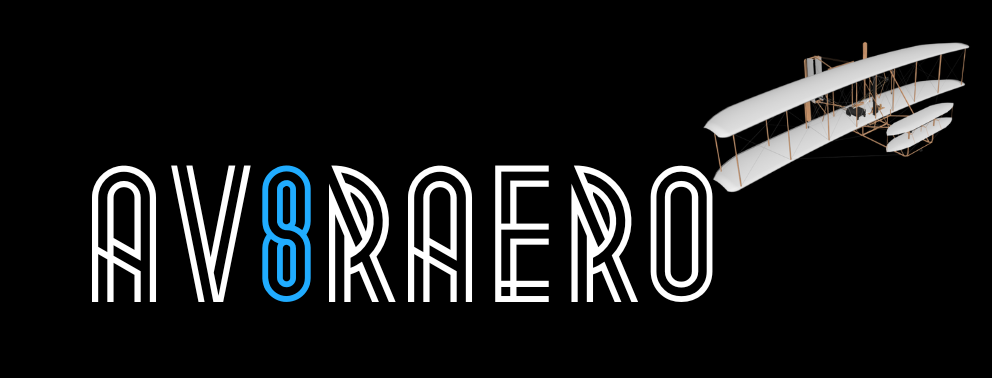Flight Simulators and STEM Learning
Why do Flight Simulators Help Children Understand STEM Concepts Better
Simulators have long been used in aviation, medicine, and engineering to train professionals, but their value in education—especially for children learning STEM (Science, Technology, Engineering, and Mathematics)—is just beginning to be fully appreciated. From flight simulators to virtual robotics labs, simulations help make abstract STEM concepts real, engaging, and memorable. But why do they work so well?
1. They Make Abstract Ideas Tangible
STEM subjects often deal with invisible forces—like gravity, electricity, or air pressure—that are hard for kids to visualize. Simulators transform these abstract concepts into visible, interactive models. For instance, a flight simulator lets students see how lift and drag affect an airplane in real time, rather than just reading formulas in a textbook.
When children can manipulate variables and instantly observe the effects, they’re not just memorizing facts—they’re building intuitive, long-lasting understanding.
2. They Engage Multiple Senses and Learning Styles
Simulators are multisensory. They combine visuals, sounds, motion, and hands-on interaction to create a rich learning environment. This appeals to a wide range of learning styles—kinesthetic learners benefit from the physical interaction, visual learners from animations, and analytical thinkers from the data feedback.
This sensory integration deepens cognitive engagement and helps more students stay focused and motivated.
3. They Encourage Active, Experiential Learning
Unlike passive lectures or textbook work, simulators require students to do something—to test, try, fail, and try again. This active learning is essential for developing problem-solving skills, especially in STEM.
Simulations put learners in the driver’s seat. Want to see what happens when you increase the voltage in a circuit? Change a variable and observe. Want to test a new wing shape in a wind tunnel simulator? Do it and measure the result. This trial-and-error approach mirrors how scientists and engineers work in the real world.
4. They Foster Curiosity and Exploration
Simulators are safe spaces for experimentation. There’s no real danger or cost to making a mistake, which lowers the fear of failure and encourages curiosity. Kids are naturally inquisitive—and simulations let them play with STEM in a way that feels like exploration, not just instruction.
That sense of freedom turns learning into a game-like experience, where discovery becomes its own reward.
5. They Build Connections Between Concepts
Simulators often integrate multiple STEM disciplines at once. A simple drone flight simulator, for example, can introduce physics (forces of flight), math (trajectories and measurements), engineering (design of aircraft), and even programming (autonomous flight). This cross-disciplinary exposure helps children see how different STEM fields are connected—and how they apply to real-world challenges.
Conclusion
Simulators transform the way children learn STEM by making complex ideas interactive, visible, and exciting. They support deeper understanding through experience, trial, and play—turning passive learners into active explorers. In a world where STEM literacy is more important than ever, simulators are a powerful tool to light the spark of curiosity and build the foundation for lifelong learning.
CJ
